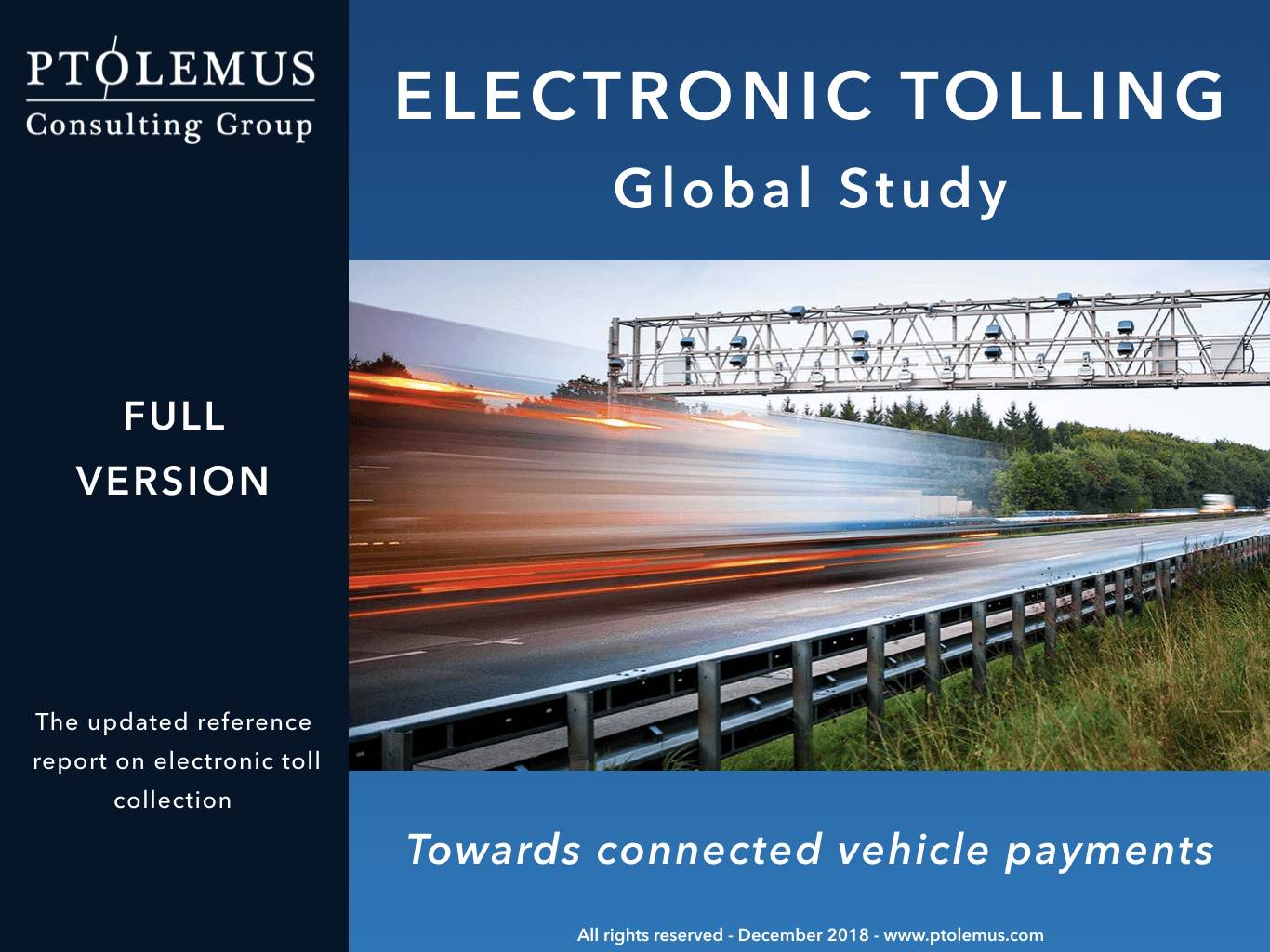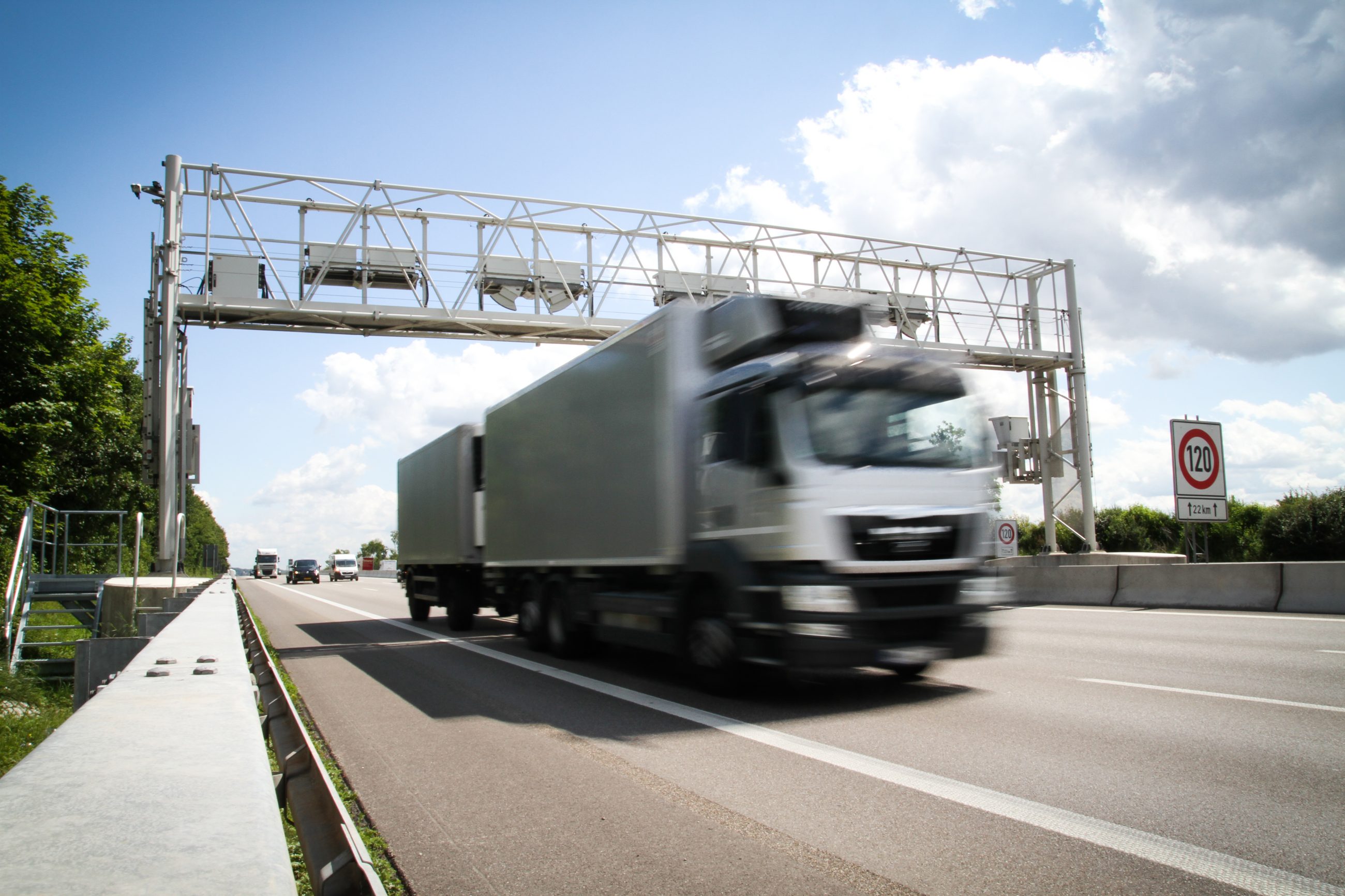The world’s largest GNSS toll has begun
Despite an extremely short time frame, numerous protests from hauliers and a complex registration process, the Russian nationwide HGV toll is beginning its first week of operation. In record time, the Russian Federal Road Agency (RFRA) and concessionaire RT-Invest have delivered the largest tolled network and the most extensive GNSS based road charging scheme in the world. We take a look at how the programme has developed and how last-minute disruption by HGV drivers threatened to bring the project to a standstill, forcing a number of concessions and last-minute amendments.
Financial Details
Vehicles weighing over 12 tonnes will now be charged according to distance travelled across 50,774km of Russian highways. The scheme was initially expected to generate up to 50bn RUB (€708 million) per year, however this estimate has since been lowered to between 35 – 40bn RUB (€490 – 566 million) for reasons we shall explore below. The concessionaire, RT-Invest, will receive an annual fee of roughly 10bn RUB (€140 million) for operating the scheme. This puts the operating cost at anywhere between 20 – 30%.
Timeline
The OBU supports both GPS and Glonass
On 29th August 2014, the Russian Government issued declaration 1662-r; appointing RT-Invest Transport Systems as the sole concessionaire. The contract runs for a period of 13 years. A launch date of 15th November 2015 was set, which many thought unachievable. Over the following months, available information was sparse, however the RFRA was clear that the programme would deliver a dual GNSS solution, integrating both GPS and Glonass within a single on-board-unit (OBU). No other protocols are supported by the device.
In September, RT-Invest finally revealed images and details of the Russian made OBU, which will be distributed via approximately 140 roadside centres across the country. Initially, the export of OBUs was prohibited, meaning that international operators would only be able to collect their OBU once in Russia. This has since been relaxed as part of a compromise agreement between the Ministry of Transport and HGV operators.
The logo of Platon
“Platon” or “Plato”, as the scheme is known, includes an additional option for drivers to purchase a pre-paid ticket according to a specified route. This can be done on a computer or smartphone via Platon’s official website and at a number of credit card terminals situated across the country. This option was introduced as a means to provide for those not wishing to install an OBU. All HGV drivers using the tolled network must first register via the Platon website (where instructions have been provided in Russian and English only), after which they are able to either request an OBU or select and pay for a specific route. This can also be done at the network of roadside centres for information and OBU collection. It is worth noting that the first OBUs were not issued until 30th October – just two weeks before the start of the charge. Unconfirmed reports suggest that just 200,000 OBUs have been ordered by RT-Invest to support the launch, although further orders will be made in future. To put this in context, 600,000 hybrid OBUs were ordered and delivered by Magneti Marelli in preparation for the French ecotaxe.
On 30 September, RT-Invest announced that a single rate of 3.73RUB (€0.05) per km had been set. The average cost per km across the German LKW MAUT is €0.15 and the planned rate for Belgium’s Viapass is €0.12. There has been no news of integrating external OBUs or roaming devices, however on 11 November it was announced that DKV and E100 would provide payment services for the toll. These two companies are the only external service providers currently registered.
On 21 October it was rumoured by several Russian news organisations that the toll rate had been lowered to 3.06RUB per km, following vocal protests from several leading hauliers and transport pressure groups. One week later, several trucking organisations revealed plans to block several highway lanes across the country, in scenes reminiscent of the French ecotaxe debacle. These continued into November amid complaints that the toll would increase the cost of basic goods for the Russian general public.
In response to the protests, the Russian Government agreed a compromise solution, which will lower the charge to 1.53RUB (€0.02) for the first three months (although a number of groups will campaign for this to remain the rate for longer), at which point it will rise to 3.06RUB (€0.04), remaining so until December 2018. The time period necessary for HGVs to register has also been shortened and the number of documents required reduced. Hauliers will no longer be required to pay a deposit for the OBU. The Russian Ministry of Transport will not levy any fines for non-payment until March, in order to allow operators to get used to the system.
Operation
As we enter the first week of operation, it seems likely that these late changes have secured Platon for now. Undoubtedly there will be further protests and, potentially, a further relaxation of the fee and requirement to install an OBU. That the system is up and running is, however a tremendous achievement given the relative time frame.

481 fixed gantries and 100 mobile units will take care of enforcement – once constructed
As we explore in our Electronic Toll Collection Global Study, constructing the business case and implementing a scheme is no easy task and requires input from a large number of sources. In this case, the lack of interoperability with any other scheme and, relative, absence of service providers has perhaps sped up the process.
In terms of enforcement, the RFRA has committed to installing 481 fixed gantries equipped with video cameras. As things stand fewer than 20 have been constructed and all are reported to be in the Moscow region. A further 100 special vehicles supplied with ‘mobile control systems’ are said to be coming.
On the day of launch, the RFRA announced that more than 450,000 domestic and foreign vehicles had successfully registered for the scheme. Overall, there are more than 2,000,000 trucks over 12 tonnes operating in Russia. If the registration figure is accurate there would only be enough available OBUs to support less than half of the vehicles registered. This means that the majority of HGVs driving on the largest GNSS network in the world today have no means of reporting their mileage. To sum up the scheme, one would have to say a lot done, but a lot still to do.



